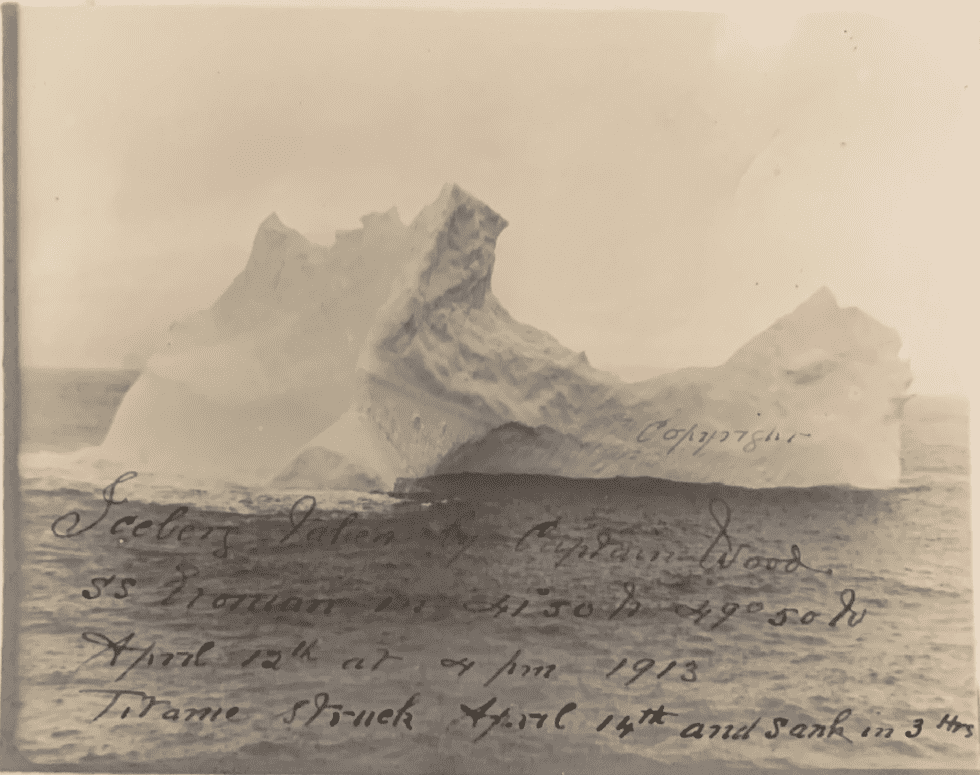
ADVERTISEMENT - CONTINUE READING BELOW
The Iceberg that Sank the Titanic
There are few events in history that break hearts like the sinking of the Titanic. Portrayed in Hollywood, the story of the Titanic is known to most people at this point. The Titanic was a luxury British steamship that sank in the early hours of April 15, 1912, after striking an iceberg, leading to the passing of more than 1,500 passengers and crew. According to some hypotheses, Titanic was doomed from the start by a design that many lauded as state-of-the-art. The Olympic-class ships featured a double bottom and 15 watertight bulkhead compartments equipped with electric watertight doors that could be operated individually or simultaneously by a switch on the bridge.
But the watertight compartment design contained a flaw that was a critical factor in Titanic‘s sinking: While the individual bulkheads were indeed watertight, the walls separating the bulkheads extended only a few feet above the waterline, so water could pour from one compartment into another, especially if the ship began to list or pitch forward. Fast forward to the photograph we see today. A Captain Wood dated his picture 1913 even though the Titanic sank in 1912. According to The Independent, “the photo is dated 1913 but auctioneers say Capt. Wood’s letter corroborates the image.” No further information has been released about the date discrepancy. Still, there is strong evidence that suggests Captain Wood accurately captured the same iceberg that sank the “unsinkable” Titanic. For one, the coordinates Wood noted on the photo were almost a perfect match for the iceberg’s original location. Additionally, Wood sent the photo to one Billy Tucker accompanied by a letter, which is also included in the auction lot.

